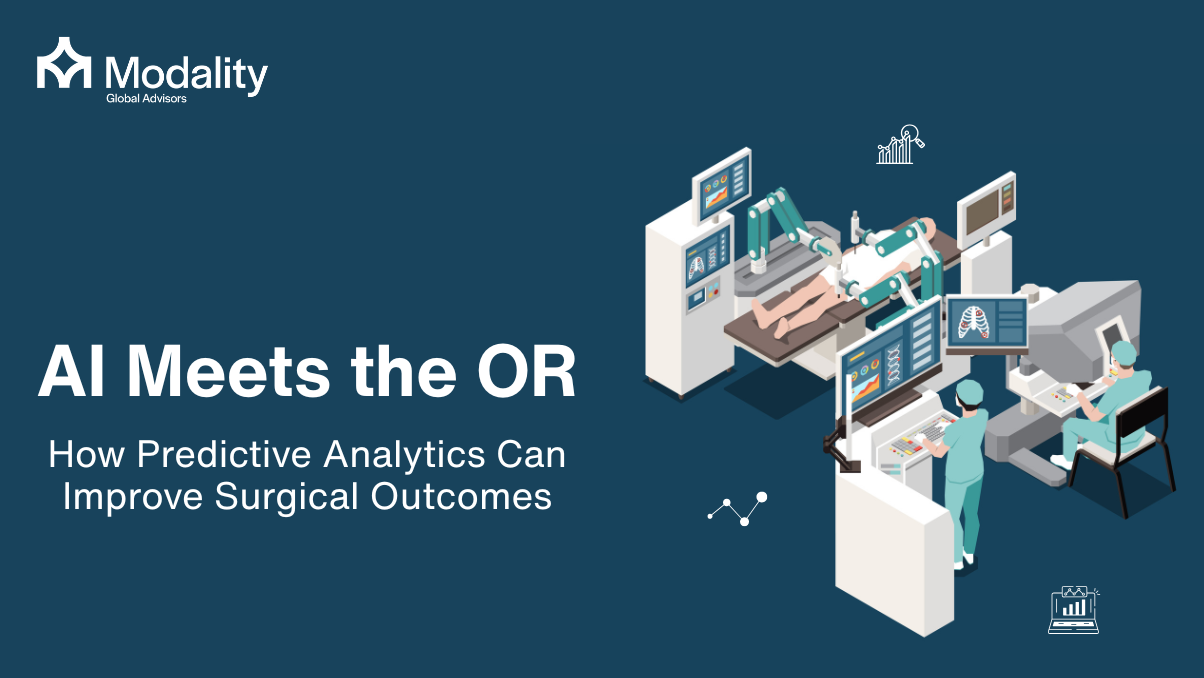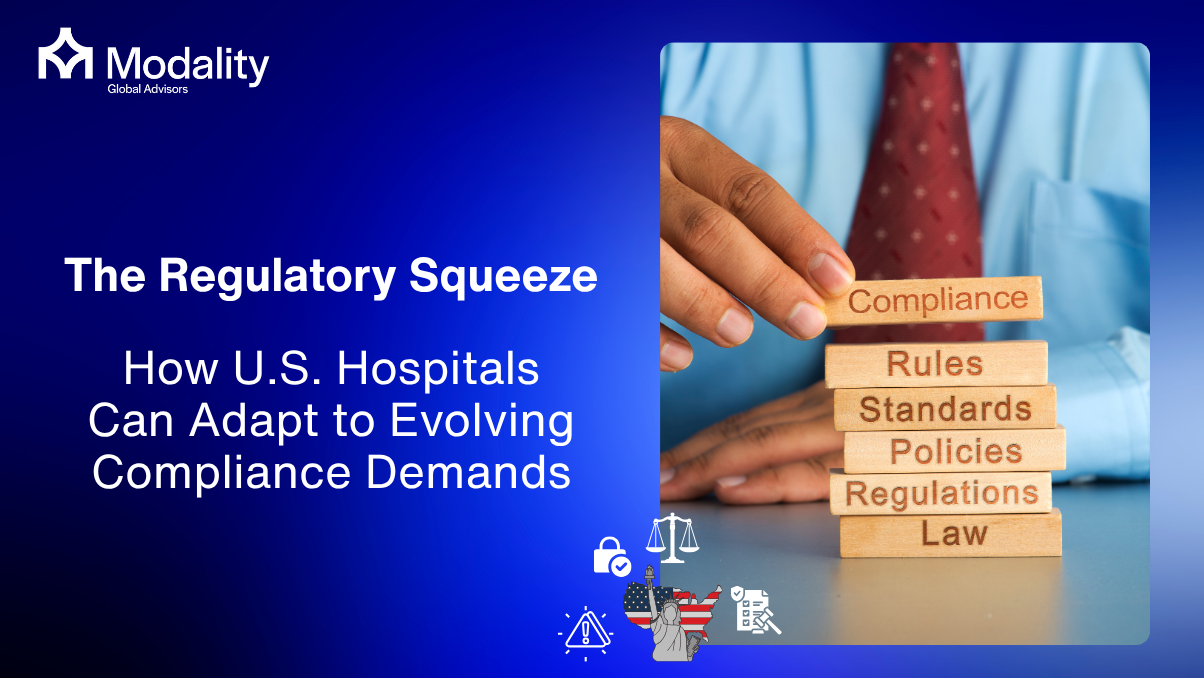AI Meets the OR: How Predictive Analytics Can Improve Surgical Outcomes
AI Meets the OR: How Predictive Analytics Can Improve Surgical Outcomes
In modern healthcare, the operating room (OR) has become a proving ground for innovation and artificial intelligence (AI) is leading the charge. As surgical volumes grow, workforce pressures intensify, and patient expectations rise, predictive analytics is redefining what precision and safety mean in the perioperative setting.
By combining vast clinical data with advanced algorithms, predictive analytics enables hospitals to move from reactive surgical care to proactive intervention identifying risks before they become complications and optimizing every step of the surgical journey.
Predictive Analytics: The Next Frontier in Surgical Intelligence
Predictive analytics uses data from electronic health records, lab results, imaging, and even wearables to forecast potential complications. These AI-driven risk models outperform conventional scoring systems, allowing for highly personalized preoperative planning.
For instance, recent Nature Medicine studies have demonstrated that machine learning models predict in-hospital mortality with higher accuracy than traditional systems (Graeßner et al., 2023). Similarly, algorithms that forecast transfusion needs have been validated across dozens of hospitals, helping clinicians allocate blood resources more effectively (JAMA Network Open, 2023).
These tools help clinicians anticipate wound infections, cardiac complications, or ICU transfers before they happen allowing for early interventions that can reduce mortality and length of stay.
AI-Powered Surgery: Precision, Efficiency, and Safety
AI’s role extends beyond prediction; it's reshaping how surgeries are performed. Robotic-assisted systems powered by AI have been shown to reduce operative time by up to 25%, lower intraoperative complications by 30%, and improve surgical precision by 40% (American College of Surgeons, 2024).
By enhancing visualization, precision targeting, and dexterity, AI-powered robotics enable more minimally invasive procedures, which in turn reduce infection rates and accelerate recovery times. These gains translate into better patient outcomes and improved hospital efficiency.
Optimizing Operating Room Performance
Beyond individual cases, predictive analytics can transform how hospitals run their ORs. AI models can forecast surgical case volumes, instrument demand, and staffing requirements, minimizing downtime and costly scheduling conflicts.
According to Health Affairs (2023), hospitals that integrated predictive scheduling tools saw a 20% improvement in OR utilization rates and a measurable reduction in surgical delays. Real-time monitoring systems further enhance safety by detecting physiological anomalies early enabling rapid intervention during critical intraoperative moments.
Barriers to Implementation and How to Overcome Them
Despite the promise, AI adoption in the surgical domain faces real challenges. Concerns about data security, algorithmic bias, ethical liability, and regulatory oversight must be addressed before full-scale implementation. Moreover, predictive systems are only as effective as the data that fuel them requiring strong data governance, interoperability, and clinician trust.
The U.S. Agency for Healthcare Research and Quality (AHRQ) emphasizes that AI tools must complement, not replace, human expertise. Hospitals must invest in training, validation, and explainability to ensure that AI augments decision-making rather than complicating it.
The Road Ahead: Confidence in Data-Driven Surgical Leadership
The future of surgical excellence will depend as much on leadership and culture as on technology. Hospitals that treat AI as a strategic enabler integrating it into perioperative governance, not just IT, will set new benchmarks for quality, efficiency, and safety.
AI-driven predictive analytics offers the dual promise of saving time and saving lives. By providing earlier warnings, optimizing workflows, and supporting real-time decision-making, it empowers surgical teams to deliver care that is both smarter and safer.
In 2025 and beyond, hospitals embracing predictive analytics will be positioned not only to meet rising expectations but to redefine them, pioneering a new era of data-informed surgical confidence and precision care.
Sources
- Nature Medicine (Graeßner et al., 2023)
- JAMA Network Open (Lou et al., 2023)
- Health Affairs (2023)
- American College of Surgeons (2024)
- AHRQ (2024)






